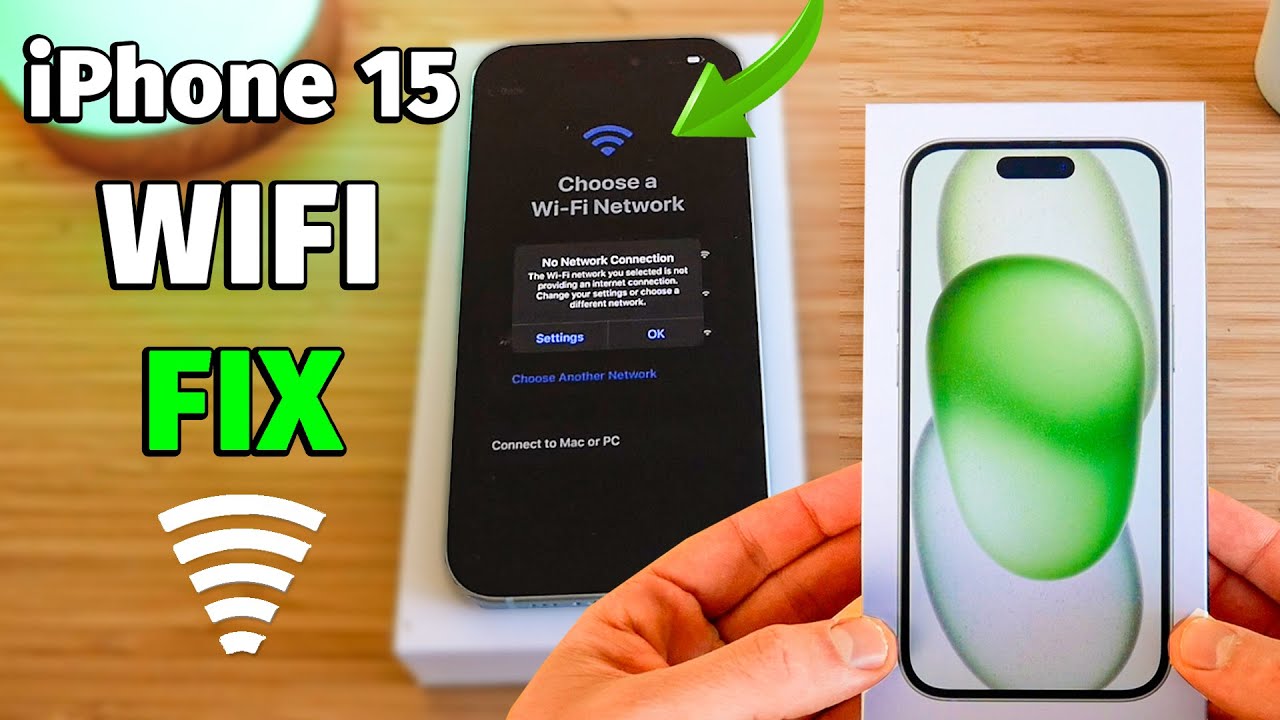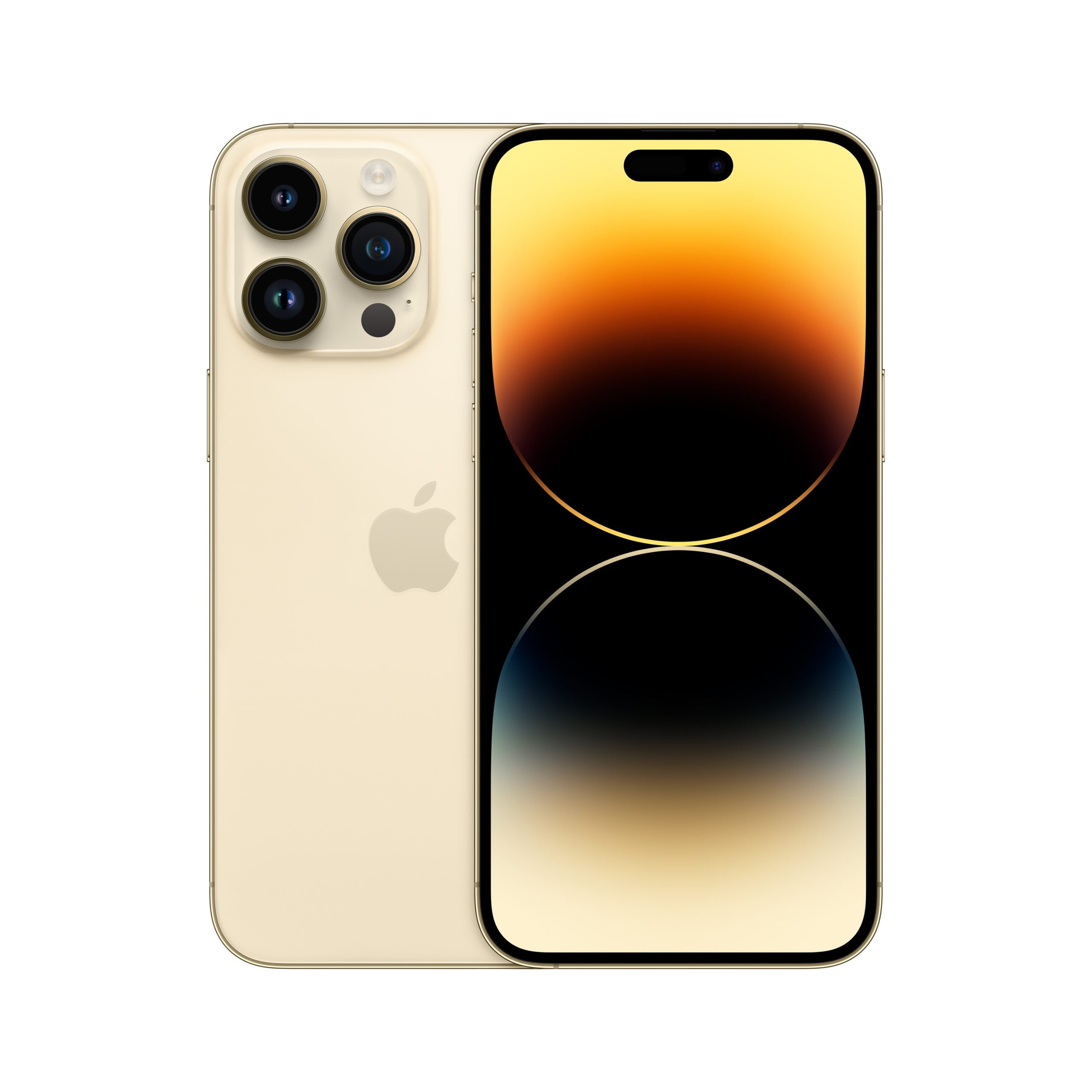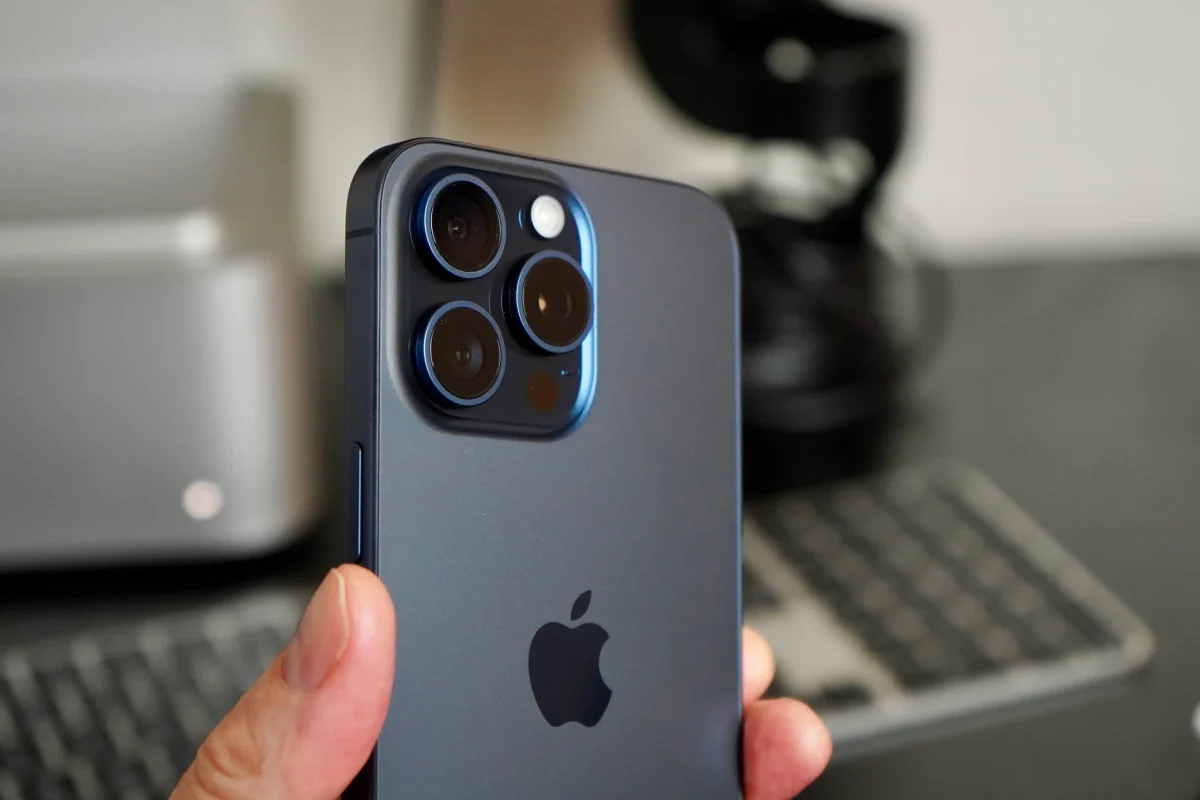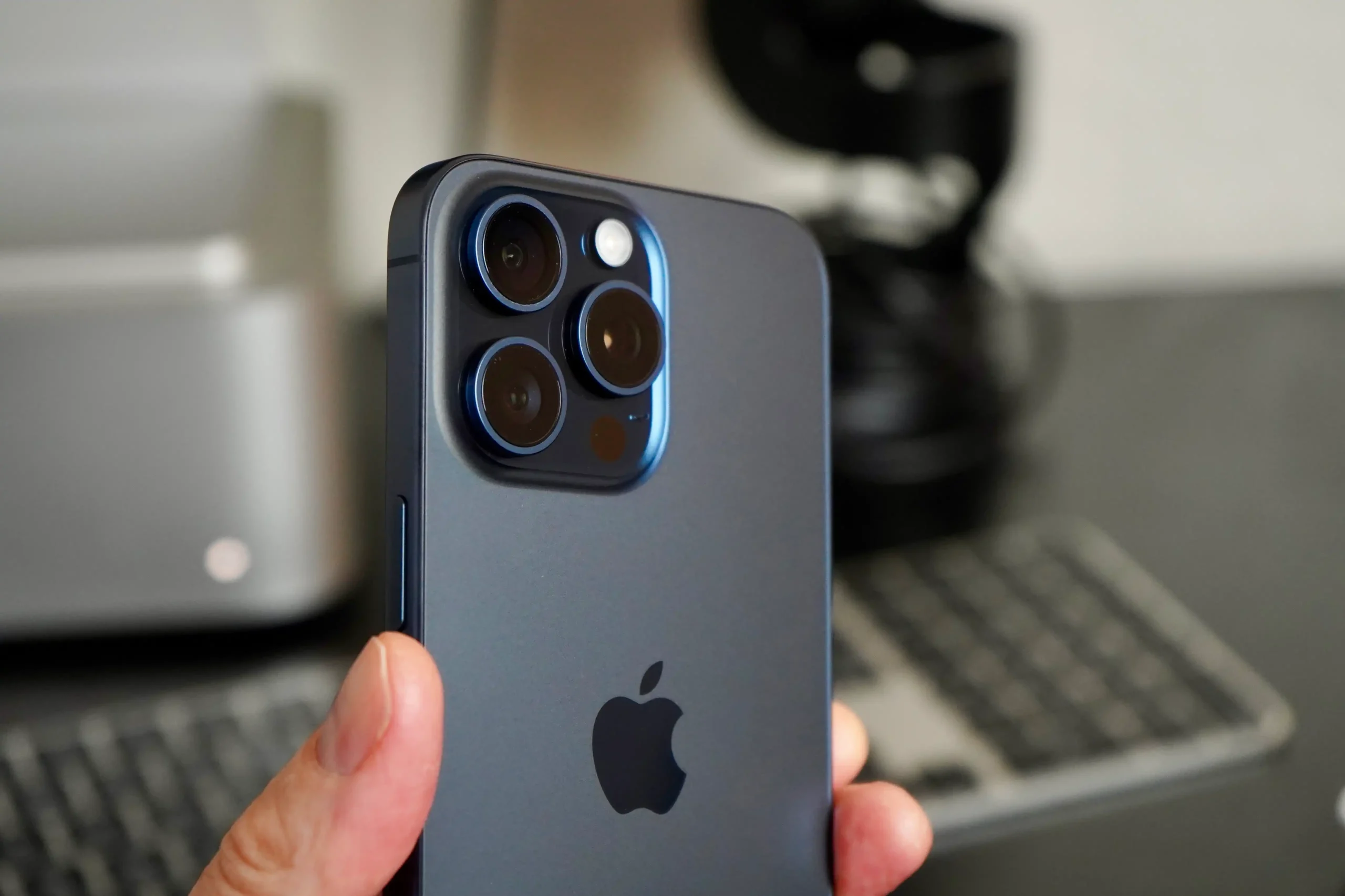No products in the cart.
Struggling with your iPhone? From battery drain to unresponsive screens, we’ve all been there. In this guide, we’ll walk you through simple solutions on how to fix common iPhone issues, helping you get your device back to working perfectly.
Why Won’t My iPhone Turn On?
If your iPhone refuses to power up, there are several steps you can take to troubleshoot the issue.
- Check the Battery: First, make sure your iPhone has enough charge. Plug it into a charger and leave it for a few minutes to see if the screen lights up.
- Force Restart: If charging doesn’t help, try force restarting your device. For iPhones with Face ID, press and release the volume up button, then the volume down button, and hold the side button until the Apple logo appears. For older models, the process may differ, but holding the power button with the home button will work for most.
- Use Recovery Mode: If the above steps don’t work, you may need to use Recovery Mode. Connect your iPhone to a computer, open iTunes (or Finder for macOS Catalina and newer), and follow the on-screen instructions to restore your iPhone.
These steps should resolve most issues, but if the problem persists, it might be related to hardware issues that require professional help.
Why Is My iPhone Battery Draining So Fast?
A fast-draining battery can be frustrating, but there are ways to extend your iPhone’s battery life.
- Check Battery Usage: In the Settings app, go to Battery and look at which apps are using the most battery. Some apps, like social media and streaming services, can be particularly demanding.
- Manage Background Processes: Apps running in the background can drain your battery. You can prevent them from running by going to Settings > General > Background App Refresh and disabling unnecessary apps.
- Use Battery-Saving Features: Turn on Low Power Mode when your battery is low. Also, disable location services for apps that don’t need them and reduce screen brightness when possible.
By managing apps and system settings, you can significantly improve battery life and prevent unnecessary drain.
Why Is My iPhone Screen Not Responding?
When your iPhone screen is unresponsive, it could be caused by a number of things.
- Force Restart: The first thing to try is a force restart, as mentioned earlier. This can resolve temporary software glitches that may cause the screen to freeze.
- Check for Software Updates: Ensure your iPhone is running the latest version of iOS. Sometimes, a bug in the software can cause unresponsiveness, and an update may fix it.
- Reset Settings: If the screen still isn’t working, try resetting all settings (Settings > General > Reset > Reset All Settings). This won’t delete your data, but it will reset system settings like Wi-Fi passwords and wallpapers.
If these steps don’t work, the problem could be due to a hardware malfunction, like a broken touchscreen, in which case professional repair may be needed.
Why Can’t I Connect to Wi-Fi on My iPhone?
Having trouble connecting to Wi-Fi is a common issue, and the solution often involves a few simple steps.
- Restart the Router and iPhone: Unplug your router for 10 seconds and restart your iPhone. Sometimes, this simple step can resolve connection issues.
- Forget and Reconnect to Wi-Fi: Go to Settings > Wi-Fi, tap on your Wi-Fi network, and select “Forget This Network.” Then, reconnect by selecting the network and entering the password again.
- Reset Network Settings: If you’re still having trouble, go to Settings > General > Reset > Reset Network Settings. This will remove all saved Wi-Fi passwords, so you’ll need to reconnect to your networks afterward.

Why Is My iPhone Overheating?
Overheating can occur when your iPhone is under heavy use or exposed to direct sunlight for too long.
- Close Unnecessary Apps: Apps running in the background can cause your iPhone to overheat. Double-click the home button (or swipe up on newer models) to view active apps and close the ones you’re not using.
- Reduce Brightness: High screen brightness can also contribute to overheating. Lowering the brightness can help cool your phone down.
- Use Low Power Mode: Enabling Low Power Mode reduces the workload on your iPhone and helps prevent overheating.
If your iPhone continues to overheat after these adjustments, it may have an underlying hardware problem that requires attention.
Why Can’t I Hear Sound on My iPhone?
If your iPhone’s sound isn’t working, try the following troubleshooting steps:
- Check the Volume: Ensure your iPhone’s volume is turned up. You can do this by pressing the volume buttons on the side of the device or by checking the volume settings in the Control Center.
- Mute Switch: Make sure the mute switch on the side of your iPhone isn’t turned on. If it’s showing orange, your iPhone is muted.
- Speaker and Headphone Issues: Test your speaker by playing music or a video. If there’s no sound, check if the headphone jack (if applicable) or Bluetooth is connected to any external device. You may also want to try plugging in and unplugging headphones to ensure the jack is functioning properly.
- Restart or Reset: If these steps don’t work, try restarting your iPhone. If the problem persists, consider resetting the settings under Settings > General > Reset > Reset All Settings.
Why Does My iPhone App Keep Crashing?
Frequent app crashes can be frustrating, but they’re usually fixable.
- Update the App: Check the App Store to see if there are updates available for the app that’s crashing. Developers often release fixes for bugs that cause instability.
- Reinstall the App: If updating doesn’t help, delete the app and reinstall it. This can clear any corrupted data or settings that might be causing the issue.
- Clear Cache: Some apps store data in a cache that can become corrupted over time. Check the app’s settings to see if there’s an option to clear the cache.
- Restart Your iPhone: A restart can resolve temporary bugs that might cause apps to crash.
Why Is My iPhone Touchscreen Not Working Properly?
If the touchscreen on your iPhone is malfunctioning, there are a few possible fixes to try:
- Clean the Screen: Dirt, dust, or moisture can interfere with the touchscreen’s performance. Use a soft cloth to clean the screen and ensure it’s free of debris.
- Remove Screen Protector or Case: In some cases, a poorly fitted screen protector or case can affect touchscreen sensitivity. Remove these to see if the issue improves.
- Software Issues: Check if your iPhone’s software is up to date. If the touchscreen issue persists, try force restarting your device or resetting the settings.
Why Won’t My iPhone Connect to Bluetooth?
Bluetooth connectivity problems are common but usually easy to fix.
- Toggle Bluetooth Off and On: Open the Control Center and turn Bluetooth off, then back on. You can also do this in Settings > Bluetooth.
- Forget and Re-pair Devices: Go to Settings > Bluetooth, tap the “i” next to the device you’re having trouble with, and select “Forget This Device.” Then, try reconnecting.
- Reset Network Settings: If the issue persists, reset your network settings under Settings > General > Reset > Reset Network Settings. This will erase Wi-Fi passwords, so you’ll need to re-enter them.
Why Is My iPhone Running Out of Storage?
Running out of storage on your iPhone can be fixed with some basic management.
- Check Storage Usage: In Settings > General > iPhone Storage, you can see which apps and data are taking up the most space. Delete any apps or files you no longer need.
- Use iCloud: Move photos, videos, and documents to iCloud to free up space on your iPhone. You can also use other cloud storage services like Google Drive or Dropbox.
- Clear Cache and Old Files: Many apps store temporary files that you can clear to free up space. You can also delete old text messages, podcasts, and music you no longer need.
Why Aren’t My iPhone Notifications Showing Up?
If notifications aren’t appearing, the issue could be a simple setting error.
- Check Do Not Disturb: Ensure that Do Not Disturb is not turned on. You can check this in Settings > Do Not Disturb.
- Verify Notification Settings: Go to Settings > Notifications and check that the apps you want notifications from are enabled.
- Restart Your iPhone: A quick restart can sometimes solve minor notification glitches.
Why Isn’t My iPhone Face ID or Touch ID Working?
If Face ID or Touch ID stops working, try these solutions:
- Clean the Sensors: Dirt or smudges on the sensors can interfere with Face ID or Touch ID. Gently clean the front camera (for Face ID) or the home button (for Touch ID).
- Re-set Face ID or Touch ID: Go to Settings > Face ID & Passcode (or Touch ID & Passcode) and reset it. Then, re-register your face or fingerprint.
- Software Update: Make sure your iPhone is updated to the latest iOS version, as bugs in the software can affect biometric authentication.
When Should I Seek Professional Help for iPhone Issues?
If your iPhone issues persist despite troubleshooting, it may be time to seek professional help.
- Apple Support: Visit the Apple Support website or use the Apple Support app to get help from Apple experts. They can guide you through troubleshooting or schedule a repair if needed.
- Apple Store: If your iPhone has a hardware issue, visiting an Apple Store or an authorized service provider may be necessary for repair or replacement.
Conclusion
In conclusion, most common iPhone issues can be easily fixed with a few simple troubleshooting steps. Whether it’s a battery problem, a screen glitch, or connectivity issues, following the solutions outlined in this guide will help restore your device. If problems persist, don’t hesitate to reach out to Apple Support or visit an authorized service provider. Keeping your iPhone updated and properly maintained can prevent many of these issues from arising in the first place.
Read more Valentines Day Tech Sale in Mullingar
FAQ’s
How do I know if my iPhone needs a professional repair?
If you’ve tried all troubleshooting steps, such as force restarting, updating software, and resetting settings, but the issue persists, it might be time for a professional repair. Also, if you notice physical damage, like a cracked screen or malfunctioning hardware, it’s best to visit an Apple Store or an authorized service provider.
Can I fix iPhone problems without losing my data?
Yes, most troubleshooting steps, like restarting your iPhone, updating software, or resetting settings, won’t affect your data. However, actions like restoring your iPhone in Recovery Mode or resetting all settings might cause you to lose data. It’s always a good idea to back up your iPhone before attempting any major fixes.




